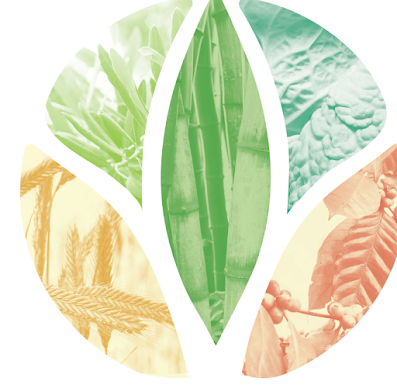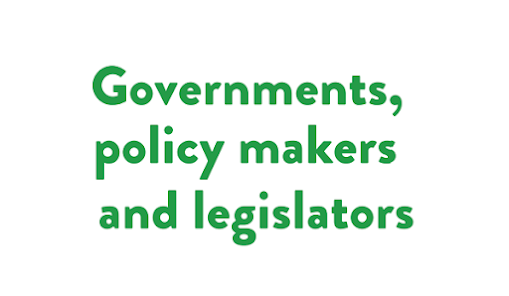Governments, policy makers and legislators need to prioritize plant health and protection, recognizing that it is fundamental to achieving the 2030 Agenda, particularly SDG2, Zero Hunger. Policies and legislation need to address and prevent pest and disease outbreaks and promote sustainable pests and pesticides management, while strengthening monitoring and reporting, and facilitating safe trade. They should ensure compliance with international plant health standards, invest in plant-health innovations, research and capacity development and empower national and regional plant protection organizations. The general public should be aware of the risks involved in bringing plants and plant products across borders that may harbor pests and diseases. We need to be careful when ordering plants and plant products through channels such as e-commerce with postal services that bypass regular phytosanitary controls. It is important to purchase from reputable companies that provide internatio






